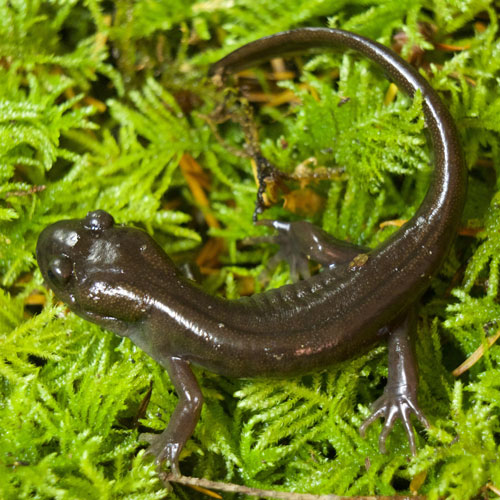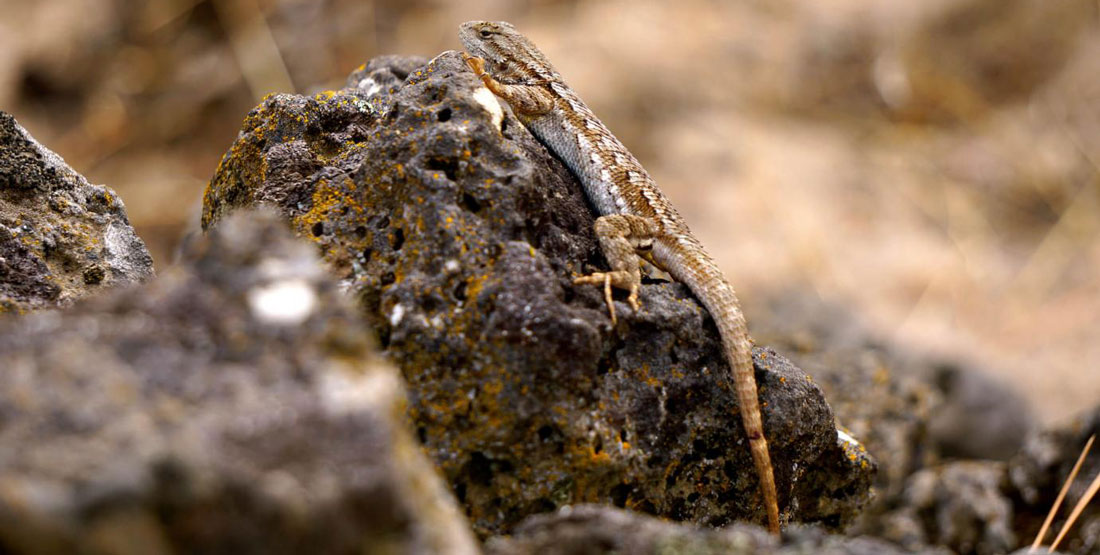Fast Facts
Where they live
- View a map of where they live.
- Most western fence lizards live in California but they can also be found in Oregon, Nevada, the Columbia River Gorge (between Washington and Oregon), southwestern Idaho, western Utah, and northwestern Baja California.
- Habitats include grassland, sagebrush, broken chaparral, woodland, coniferous forest, and even farmland.
- Tend to avoid dense moist forests and harsh deserts.
What they eat
- Western fence lizards feed on beetles, ants, flies, caterpillars, and spiders.
Breeding
- Between April and July, females lay a single clutch of 3 to 17 eggs, which hatch 2 months afterwards.
Cool Biology Facts
- A protein in the western fence lizard’s blood can kill the bacterium that causes Lyme disease, the most common tick-carried disease in the northern hemisphere.
- When disease-carrying ticks feed on the lizard’s blood, the disease-causing bacteria are killed and the ticks no longer carry the disease!
Threats
- Western fence lizards are common in Washington and are considered “least concern” due to their tolerance of a wide range of habitats and large stable populations.
- View their status on the IUCN Red List of Threatened Species.

Amphibians & Reptiles of Washington
Do you know where rattlesnakes live in our state? Or which salamander breathes through its skin? Explore the fascinating diversity of the 26 species of amphibians and 28 reptiles found in Washington state.

